We know that Fatemeh Sayyah was the first Iranian woman to become a university professor, but not many are aware that she was also the first Iranian woman to be sent on a diplomatic mission outside the country or a vanguard of the equal rights movement for women, a movement that succeeded in getting voting rights for women 16 years after her death.
A Multicultural Heritage
Fatemeh Rezazadeh Mahallati, known as Fatemeh Sayyah, was the granddaughter of Mohammad Reza Mahallati and the niece of Mirza Mohammad Ali Mahallati, better known as Hajj Sayyah, a world traveler and the first Iranian who, in 1875, obtained American citizenship. She was born in 1902 to an Iranian father and a Russian mother of German ancestry in Moscow, where his father taught Eastern languages for 45 years.
Her childhood and adolescence coincided with the Russian revolutions of 1905 and 1917. Nevertheless, she completed her primary and secondary education in this city. She received her Ph.D. degree in European literature from Moscow University’s School of Literature and became a university professor at the same school.
She Did Not Want A “Master and Commander”
In 1934 she went to Iran and married her cousin Hamid Sayyah, but their marriage ended in divorce after three years. The only memento from this marriage was her family name that was carved on her simple gravestone in Ibn Babvieh Cemetery in the town of Rey, south of Tehran. Mohammad Ali Jamalzadeh, a prominent Iranian writer, writes that when he asked her about her reason for divorce, she told him: “Mr. Jamalzadeh, I am ashamed to live with somebody who is more illiterate than I am. Freedom must not be exchanged for anything else. Now I can feel how peaceful and comfortable I am compared to that time when I had a master and a commander over my head.”
A few months after her divorce, she was hired by the Ministry of Culture and was put in charge of the ministry’s Women’s Education Department. This happened on the eve of Kashf-e Hijab (“Unveiling”) when Iranian king Reza Shah issued a decree banning all Islamic veils. Later, she was one of the teachers who participated in the official “unveiling” ceremonies at the Teacher’s College. At the time the construction of Tehran University in the Jalalieh neighborhood was still incomplete. Women were allowed to study at the Teacher’s College but it was not clear whether they would be allowed to teach at the university or not. Even though Fatemeh Sayyah was highly fluent in French, German, Russian and English, many opposed her membership in the faculty. However, she started teaching Russian in the masculine environment of the faculty.
In 1934, Iran celebrated the millennial of the birth of national poet Ferdowsi and again, despite the opposition of many, Fatemeh Sayyah joined the Ferdowsi Millennial Congress along with more than 80 European and Iranian scholars and literary figures such as Mohammad Ali Foroughi, Saeed Nafisi, Mohammad Taqi Bahar and the Indian poet Rabindranath Tagore. She submitted one of the most impressive papers about Ferdowsi to the congress.
The Diplomatic Mission and Professorship
In 1936, with the founding of Women’s Society, Fatemeh Sayyah joined a number of prominent women’s rights activists and progressive women such as Sediqeh Dowlatabadi who advocated more freedom for women. In the same year, she was selected as a member of Iran’s delegation to the 17th session of the League of Nations, becoming the first Iranian woman to be sent on a diplomatic mission.
When the University of Tehran was inaugurated, Fatemeh Sayyah was invited by Badiozzaman Forouzanfar, a scholar of Persian literature and linguistics, and Ali Asghar Hekman, the president of the university, to join the faculty and become the first woman to teach at the university.
Fatemeh Sayyah, who herself had benefited from higher education, wanted Iranian women to enjoy equal rights to education and worked hard to open the doors of Tehran University to young women. Of course, she faced serious opposition. Her tenure at Tehran University faced opposition. Sayyah, who had taught at the University of Moscow for several years, had to spend five years as an assistant professor of foreign literature and to fight against the men of the Supreme Cultural Council before she became a full professor. She entered Tehran University’s School of Literature as a full professor exactly in the days when Tehran was occupied by Allied forces during WWII.
Around the same time, Fatemeh Sayyah became a member of the board of directors of the Iran-Soviet Cultural Society. She worked with the society’s music, theater and cinema committee and wrote articles for the society’s magazine Payam-e Now. She also went to countries like Turkey as a representative of Iranian women and delivered speeches at many gatherings in those countries.
Her visit to Turkey familiarized her with the women’s movement in that country that had started a few years before the women’s movement in Iran. In an interview after returning from her trip, she said that the most important reason for the progress of Turkish women was that they had gained equal rights with men: “If they are allowed to participate in various affairs, women would truly value it. They would try not to abuse the responsibility but to prove that women, too, can work for the progress of their country and their culture side by side with men.”
In 1943, Fatemeh Sayyah and Safieh Firouz founded the Women’s Party of Iran, later renamed Women’s League. According to its first manifesto, the party’s goals included “improving the economic, social and political situation of Iranian women, banning polygamy, elevating women’s educational opportunities, child-caring education, establishing equality between men and women and suffrage for women.” Actions such as organizing meetings, delivering speeches and engaging members of parliament were on the agenda of the party.
In early 1946, the party published the first issue of its magazine with Fatemeh Sayyah as its editor. The same year, she and Safieh Firouz traveled to Paris to participate in the International Congress of Woman and Peace Congress. Her mastery of several European languages allowed Fatemeh Sayyah to give interviews about the women’s movement in Iran to many newspapers.
Fatemeh Sayyah was one of most active Iranian women in the fight for equal rights with men and, despite the fact that she was suffering from diabetes and other ailments, she took every opportunity to promote this cause.
The Untimely Death
In 1947, she went to Europe for treatment as her health took a turn for the worse. On February 26, 1948, after returning to Iran, she delivered her last lecture, about Dostoyevsky’s influence on French literature, at the Franco-Iranian Cultural Society. Seven days later, at 9 a.m. on March 4, she died from a heart attack. She was only 45. She was buried in Ibn Babvieh Cemetery and her funeral was attended by many members of the cultural elite and grateful students.
One of her most famous student was Simin Daneshvar, a prominent Iranian academic, novelist, fiction writer and translator who always talked about her with respect. He has said many times that if Fatemeh Sayyah had not been her professor at Tehran University she might have abandoned writing fiction. Daneshvar remembered that when Sayyah read her first short story, titled The Wedding Night, she told her, in her slightly Russian accent, “Miss Simin, continue on this road. You’ll become a good writer.”
visit the accountability section
In this section of Iran Wire, you can contact the officials and launch your campaign for various problems














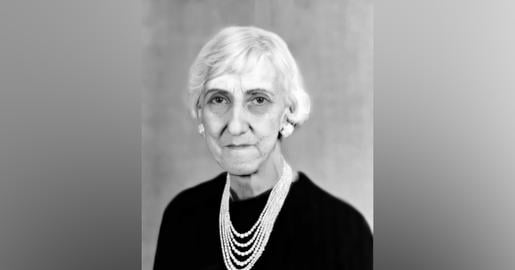


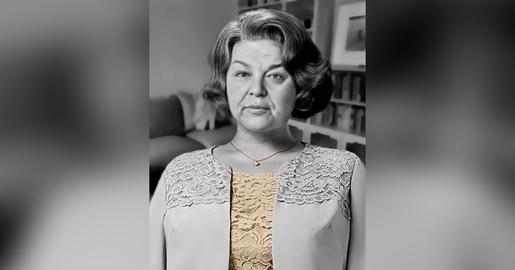
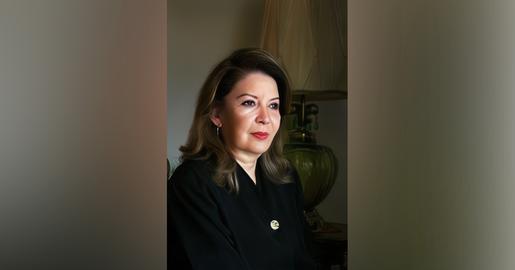

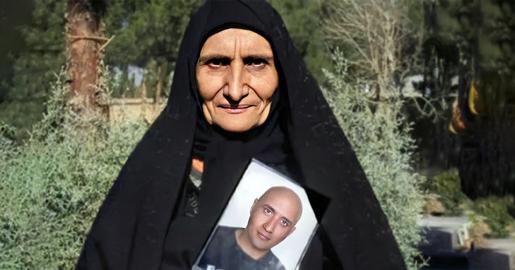

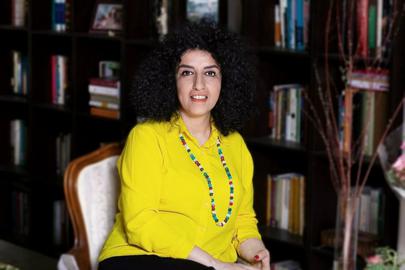

comments